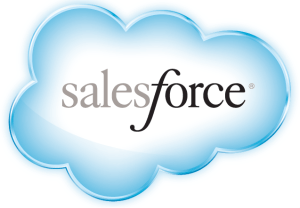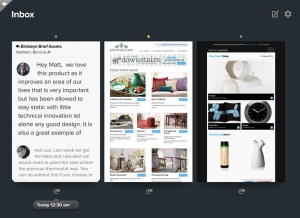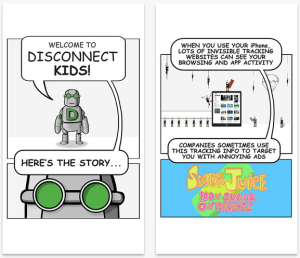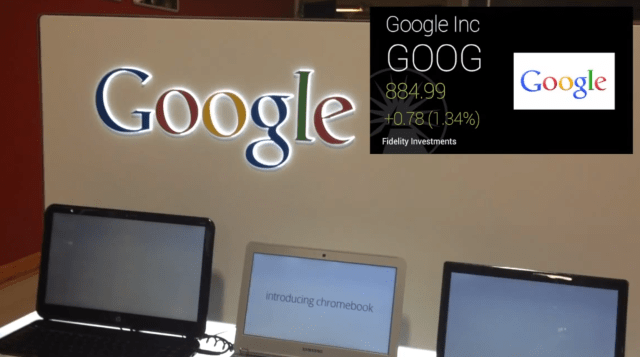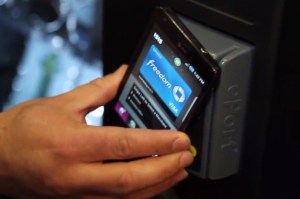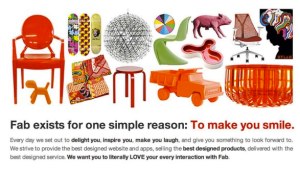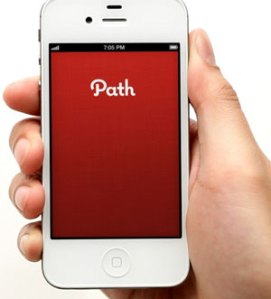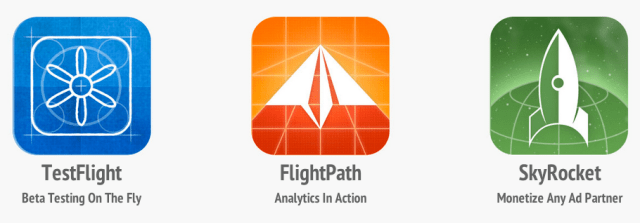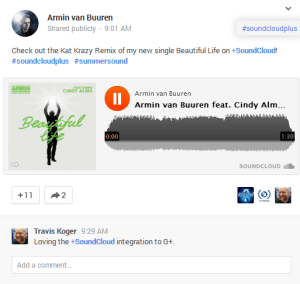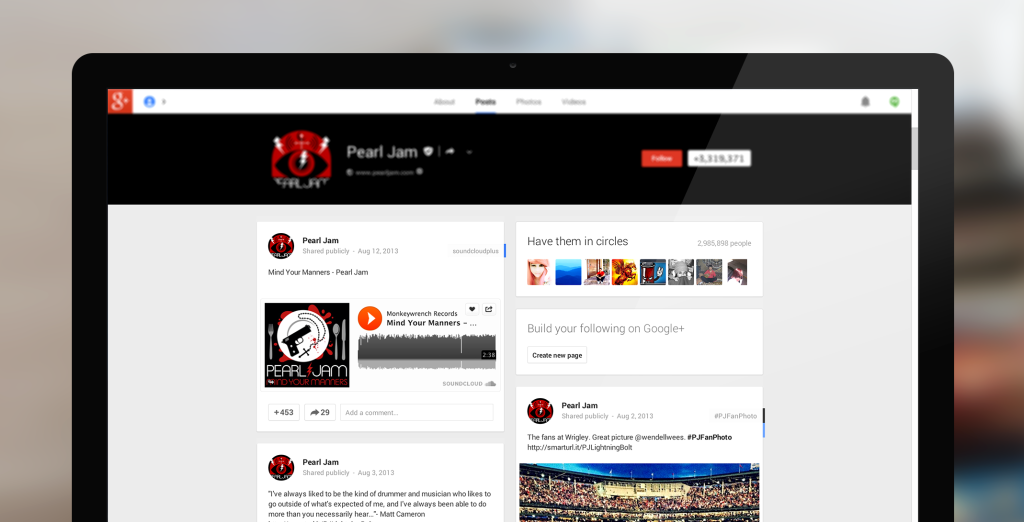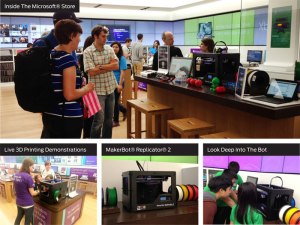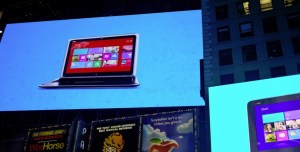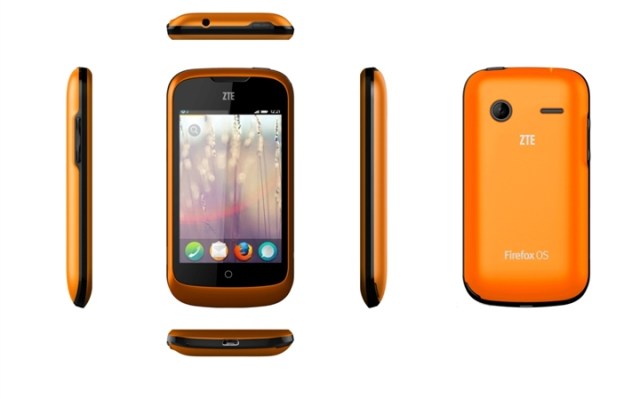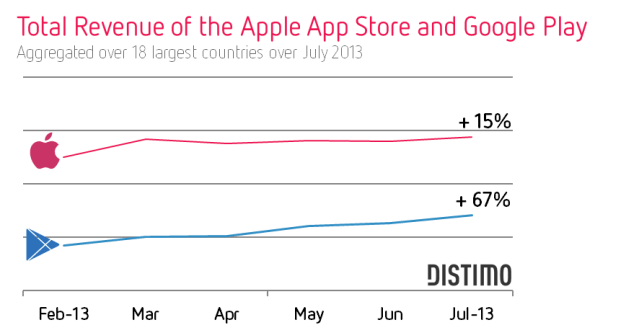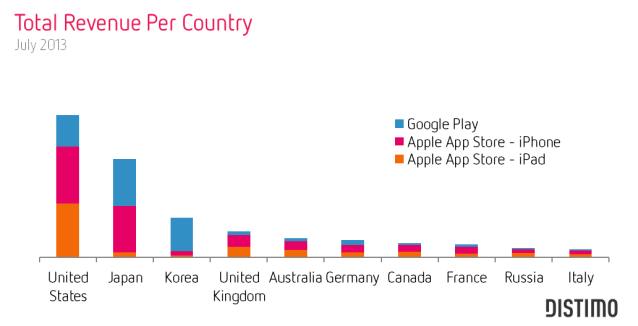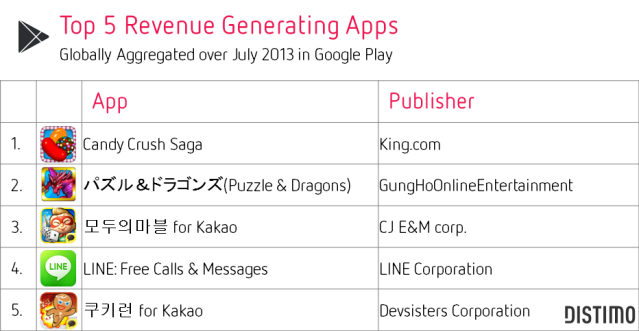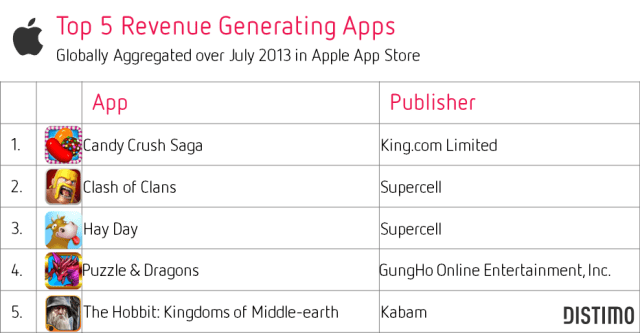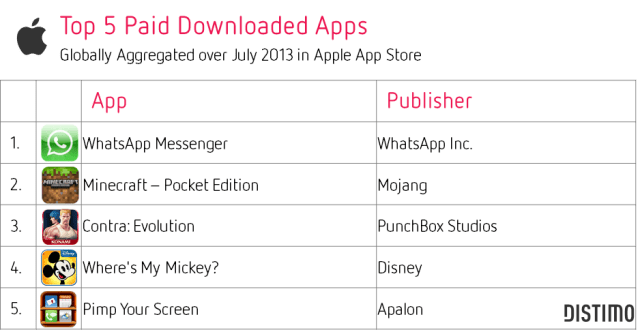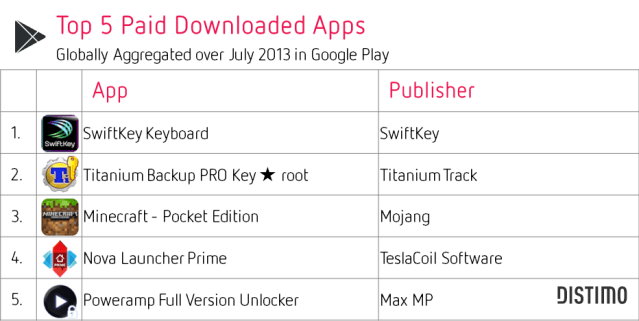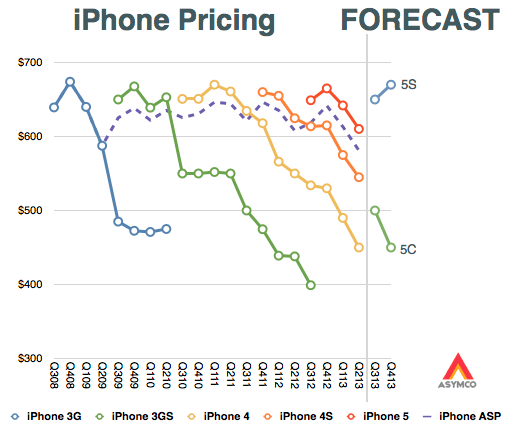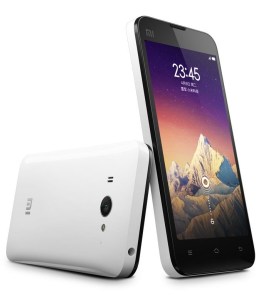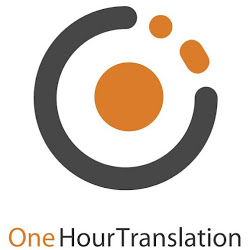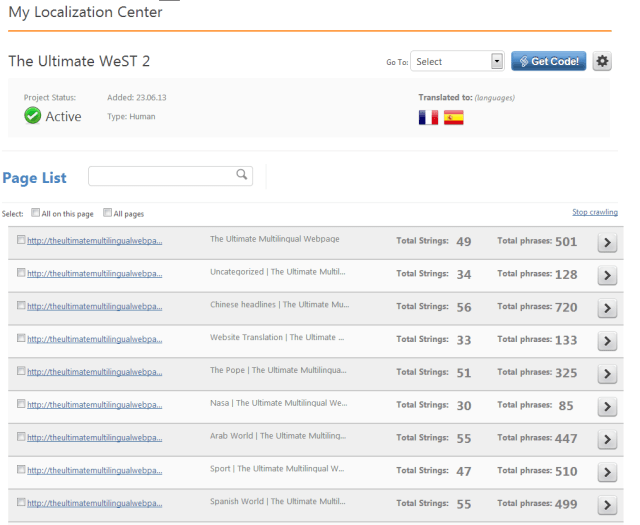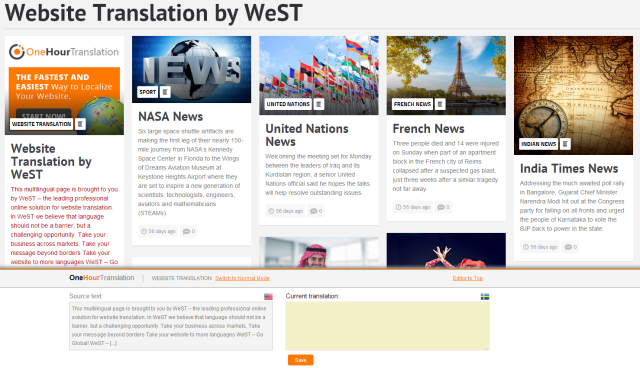In exactly 10 days, TechCrunch will arrive in sunny San Diego, hungry for burritos and fresh talent. And today is the last day to apply for the pitch-off.
The TechCrunch San Diego Meetup + Pitch-Off will go down on Thursday, August 22 from 6pm to 10pm at Block 16, complete with a few fireside chats, a 60-second pitch-off competition, and a whole lot of beer.
Our past meetups, in New York, Austin, and Seattle, have been smashing successes, and we’re looking to have the same good time just north of the border.
These events consist of two equally important, but highly different parts. The first is the meetup itself. Tickets cost $5 and include a ticket for beer, so we kindly ask that you are 21+ to attend.
The second part of the SD TC Meetup is the pitch-off, which consists of startups pitching their wares on stage to a panel of judges in under a minute, with no visual aids or demoes of any kind.
If that sounds like your jam, you can apply be in the pitch-off here. We merely ask that you have a product in stealth or private beta until the time of the pitch off. Today is the last day to apply for a spot in this pitch-off competition.
Those chosen to participate will get one-on-one Office Hours sessions with Matt Burns, Greg Kumparak, Josh Constine, or myself. First place will receive a table in Start Up Alley at the upcoming TechCrunch Disrupt. Second Place will receive 2 tickets to the upcoming TechCrunch Disrupt. Third Place will receive 1 ticket to the upcoming TechCrunch Disrupt.
It should be a night to remember, but it’s only made possible with awesome sponsors. If you’re interested in sponsoring the event, please contact events@techcrunch.com
The TechCrunch San Diego Meetup + Pitch-Off will go down on Thursday, August 22 from 6pm to 10pm at Block 16, complete with a few fireside chats, a 60-second pitch-off competition, and a whole lot of beer.
Our past meetups, in New York, Austin, and Seattle, have been smashing successes, and we’re looking to have the same good time just north of the border.
These events consist of two equally important, but highly different parts. The first is the meetup itself. Tickets cost $5 and include a ticket for beer, so we kindly ask that you are 21+ to attend.
The second part of the SD TC Meetup is the pitch-off, which consists of startups pitching their wares on stage to a panel of judges in under a minute, with no visual aids or demoes of any kind.
If that sounds like your jam, you can apply be in the pitch-off here. We merely ask that you have a product in stealth or private beta until the time of the pitch off. Today is the last day to apply for a spot in this pitch-off competition.
Those chosen to participate will get one-on-one Office Hours sessions with Matt Burns, Greg Kumparak, Josh Constine, or myself. First place will receive a table in Start Up Alley at the upcoming TechCrunch Disrupt. Second Place will receive 2 tickets to the upcoming TechCrunch Disrupt. Third Place will receive 1 ticket to the upcoming TechCrunch Disrupt.
It should be a night to remember, but it’s only made possible with awesome sponsors. If you’re interested in sponsoring the event, please contact events@techcrunch.com





